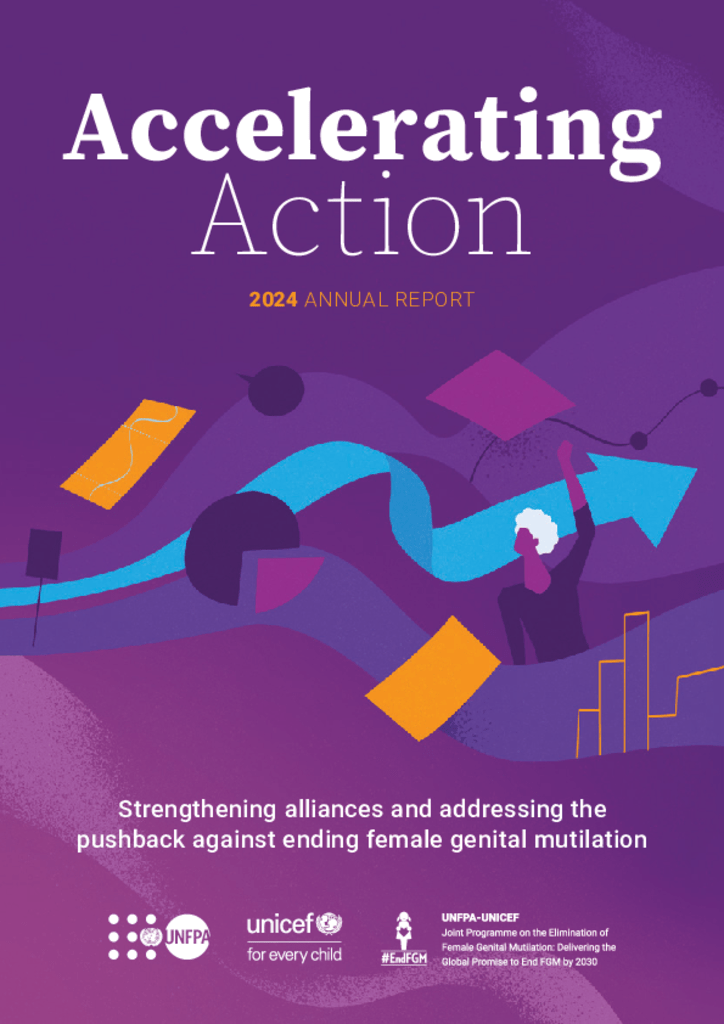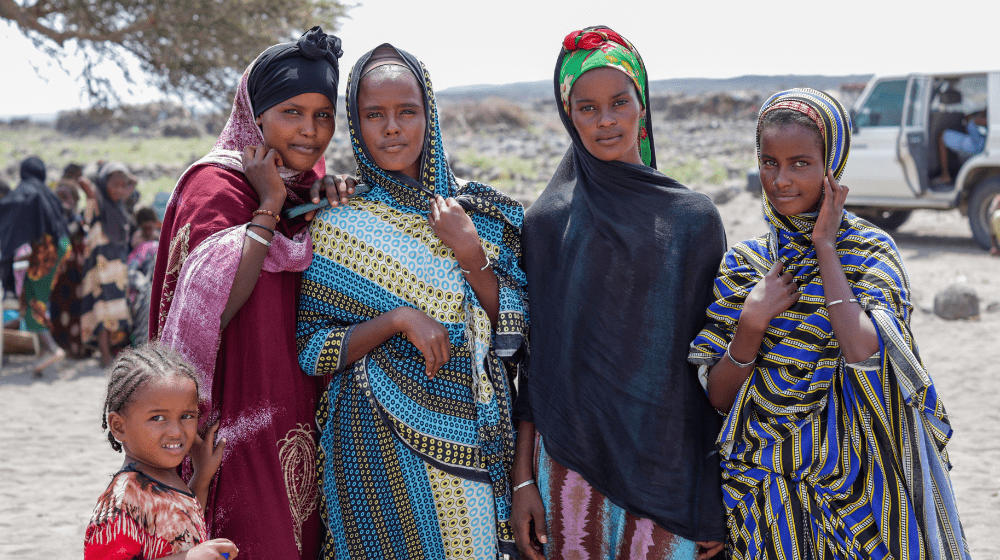




Pagination





Pagination





Pagination
International Technical and Programmatic Guidance on Out-of-School Comprehensive Sexuality Education (CSE)
An evidence-informed approach for non-formal, out-of-school CSE programmes that aims to reach young people from left-behind populations
Publication date: 16 November 2020
Publisher: UNFPA
UNFPA Supplies Annual Report 2020: Reporting on the Performance Monitoring Framework
Resource date: 01 June 2021
Author: UNFPA
Publisher: UNFPA
UNFPA Supplies Annual Report 2020
Highlights of Key Progress
Number of pages: 46
Publication date: 01 June 2021
Author: UNFPA
Publisher: UNFPA
News
Do you know where your birth control is? Tracking contraceptives improves health services – and choice in Uganda
19 July 2021News
Bodily autonomy becomes a global rallying cry at Paris Forum on gender equality
02 July 2021Developing Effective Condom Programmes
Number of pages: UNFPA
Publication date: 01 December 2020
Author: UNFPA, UNAIDS
Publisher: UNFPA, UNAIDS
The purpose of this technical brief is to provide information for countries preparing funding requests for comprehensive condom programmes. The brief describes best practices in condom programming in countries with moderate to high HIV burden, where strong condom programs are essential to national HIV prevention efforts as well as prevention of other sexually-transmitted infections (STIs) and unintended pregnancies. Significant weaknesses in program stewardship, demand, and supply result in lower than desired levels of condom use in many of these countries.
International Technical and Programmatic Guidance on Out-of School Comprehensive Sexuality Education Brochure
Resource date: 20 November 2020
Author: UNFPA
This brochure is an advocacy and communication product to promote the purpose and context for which its source publication International Technical and Programmatic Guidance on Out-of-School Comprehensive Sexuality Education is to be used. It aims to explain what the guidance is, who it is for and what the user can expect to find included in the tool.
Ghana: UNFPA’S Multicountry Programme on Out-of-School Reproductive Health Education: Country Cases
Resource date: 2019
Author: Rose Khonje, Johanna Blanco, Zahrasadat Mirniam, Meron Negussie, Adjoa Yenyi, Maria Bakaroudis, Virginia Camacho, Josephine Sauvarin, Ilya Zhukov, Petar Mladenov, Bente Faugli
Publisher: UNFPA
The Country Cases Series are developed within UNFPA's project “Out-of-School Comprehensive sexuality education for those left furthest behind” in Colombia, Ethiopia, Ghana, Iran and Malawi, with the financial support of Norway. They show some key highlights from the implementation of the Programme at regional/country level and present good practices and lessons learned in reaching young people from left behind populations.


